Weaving together archival documents and keen analysis, Sarah Mitrani’s investigation examines Smith students’ balance between traditional and modern femininity throughout World War 1. Mitrani inspects all facets of student life on campus, expertly detailing the changes Smithies faced from 1917-1919, from wardrobe to academic endeavors, religious life to community building. Beyond describing the Smith experience, […]
Sabrina Hatch draws a shocking and insightful connection between the early horrors of slavery and today’s similarly oppressive prison-industrial complex. Noting the universality of the falsely-accused Calvin Duncan’s story, they bring attention to the widespread destructiveness of our country’s prison system and incisively argue in favor of its abolishment. With inspiring tones of hope and […]
Shalom Mhanda’s essay offers a comprehensive look into an often neglected issue: menstrual hygiene management in Zimbabwe. Growing up in Zimbabwe herself, Shalom uses both research and personal anecdotes to illustrate the ways rhetoric surrounding menstrual hygiene has hindered young women. Ultimately, she advocates for a versatile approach, recognizing the way in which different communities […]
In “When Art Has No Answers,” Vee Fidati introduces readers to “Who’s Afraid of Red, Yellow and Blue III, a piece by artist Barnett Newman. Through this seemingly straightforward painting, the artist prompts questions about how the general public views art. Fidati furthers these same questions, all while offering valuable historical and cultural context, as […]
Through a cross-disciplinary analysis of Virginia Woolf’s Mrs. Dalloway, Shivani Sawant investigates themes of domestic melancholia, patriarchal oppression, class structure, and intersectional identity. Engaging texts from queer feminist scholar Sara Ahmed and Freudian scholar David Eng with Woolf’s narrative, Sawant highlights main character Mrs. Dalloway’s privilege in her coinciding ignorance and romanticization of her unfulfilled […]
What do we do when our way of life is fatally out-of-sync with our environment? Rachel Yang approaches this question through an analysis of the work of American writer and environmentalist Wallace Stegner. Engaging academic and journalistic sources, Yang interrogates Stegner’s “folklore of hope,” revealing the elitist underpinnings of the American Dream. As California’s forest […]
In this essay, Lily Weber examines environmental injustice through the lense of democratic precarity. Weber swiftly employs the use of the Flint water crisis as the central case study for her piece, in order to demonstrate how the mismanagement of emerging environmental disasters can undermine democracy and the rights of Americans. While dissecting many scientific […]
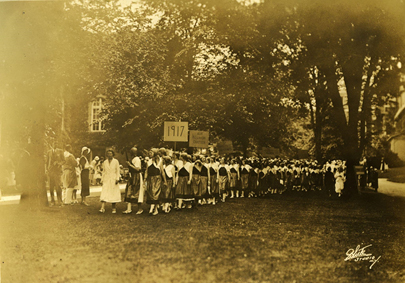
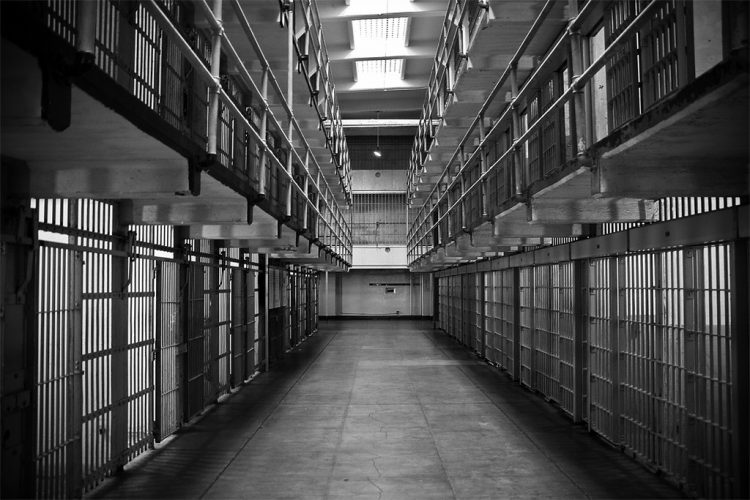
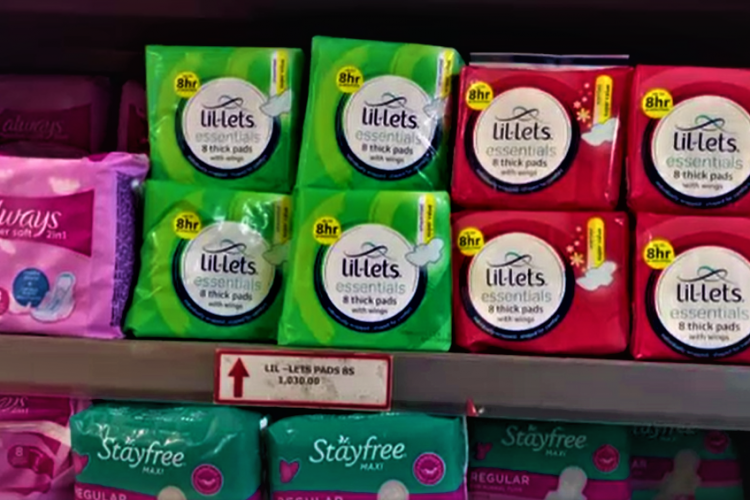

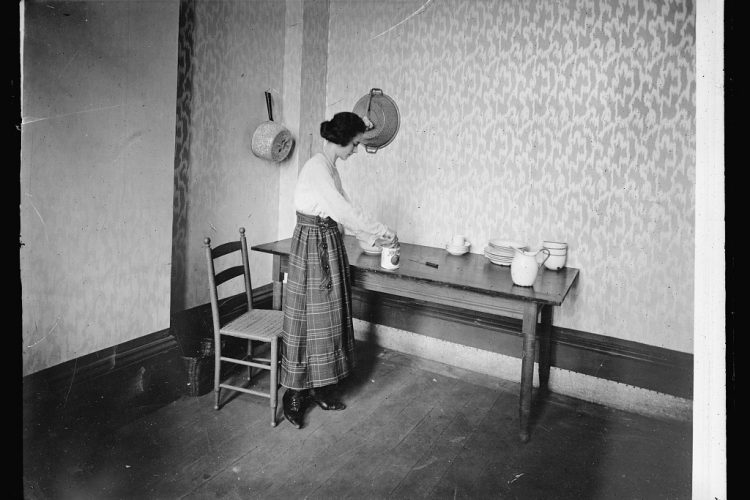
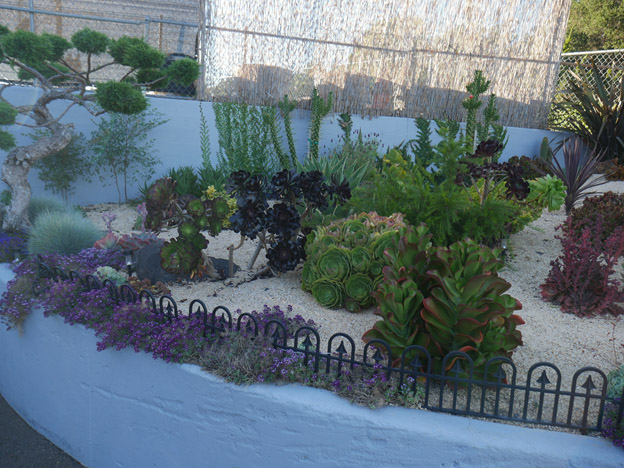

Recent Comments